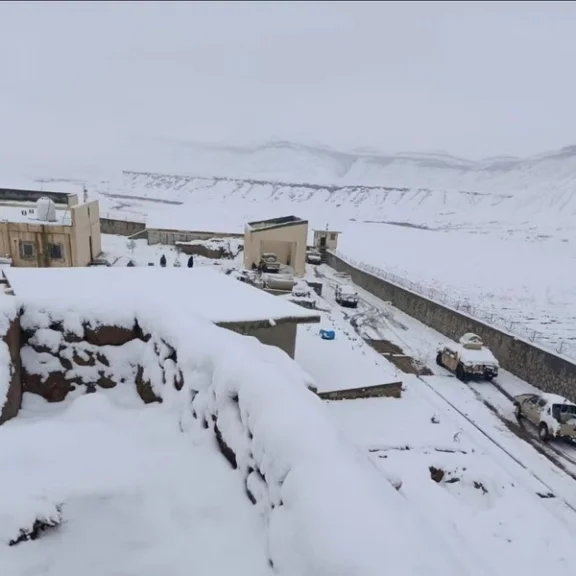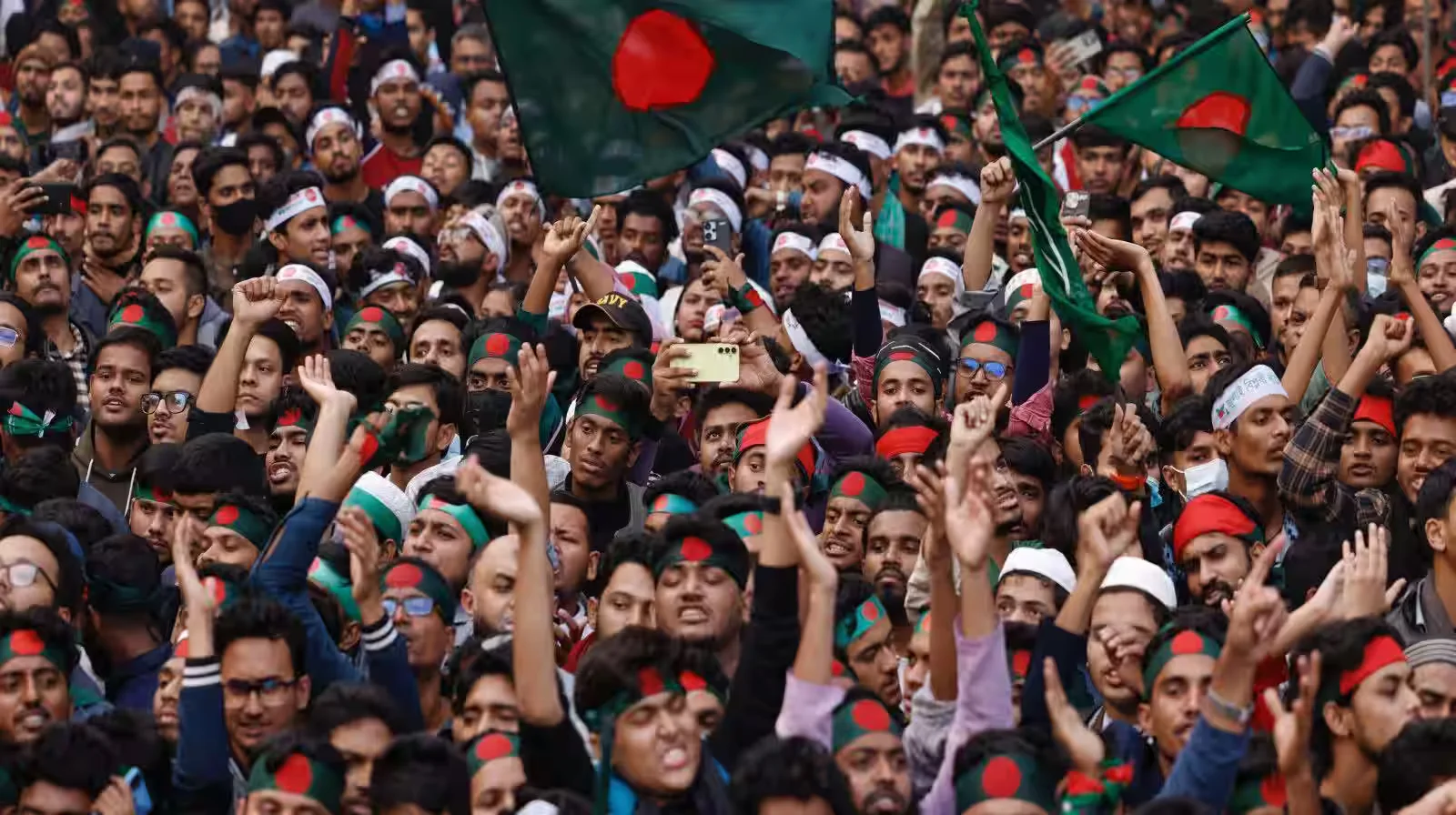Ahmad Shah Massoud, known to history as the Lion of Panjshir, is one of the most revered, yet controversial figures in Afghanistan’s modern history. He is a deeply complex character, simultaneously celebrated as a military genius and a visionary leader who fought for a free, pluralistic nation, while also criticized as a factional warlord whose decisions during the brutal civil war contributed to the very chaos he sought to prevent. His life, a ceaseless struggle against foreign occupiers and internal enemies, ended tragically just two days before the 9/11 attacks, cementing his status as a powerful, but contested, symbol of Afghan resistance.
The Foundation Years
Born on September 2, 1953, in Jangalak, Panjshir province, Massoud came from a family of ethnic Tajiks with a strong military background. His father, Colonel Dost Mohammad Khan, was an officer in the Afghan National Army, which led to a childhood of frequent moves. Massoud’s early schooling in Herat and later in Kabul exposed him to Afghanistan’s broader cultural and political landscape. His education culminated at Lycée Esteqlal, a prestigious French high school in Kabul, where he excelled academically and developed a keen interest in literature and poetry.
In 1973, Massoud enrolled in the Faculty of Engineering at Kabul Polytechnic University. It was here that his political and ideological journey truly began. This time period was marked by serious political rivalry between communist and Islamist/Traditional ideological currents in the intellactual circles and educational institutes of Kabul. He became an active member of the Islamist student organization, Sāzmān-e Jawānān-e Musulmān (Muslim Youth), a group closely associated with the political party Jamiat-e-Islami founded by Burhanuddin Rabbani. This student group was formed primarily as a counterforce to the rising influence of leftist and communist students from the People’s Democratic Party of Afghanistan (PDPA), foreshadowing the future ideological conflicts that would define Afghanistan’s political landscape.
The Making of a Commander
Massoud’s first taste of armed resistance came in the summer of 1975, when, at just 22 years old, he led an uprising in Panjshir against the government of President Mohammad Daoud Khan along with parallel uprisings in Ghazni and some other areas led by his comrades from Jamiat-e-Islami and Muslim Youth. Although the rebellion was ultimately unsuccessful, it was a pivotal moment. The experience taught him valuable lessons about guerrilla warfare, the importance of local support, and the limitations of conventional tactics. It marked the beginning of his lifelong commitment to armed struggle for Afghan independence.
Following this initial uprising, Massoud abandoned his formal engineering studies to fully dedicate himself to the resistance. He returned to the Panjshir Valley, a region whose natural topography, a narrow, defensible gorge, provided the perfect base of operations for a guerrilla campaign. His deep understanding of the local population and terrain, combined with his strategic mind, allowed him to establish a resilient and loyal command that would later become the backbone of the resistance against the Soviets.
The Hero of Panjshir
When the Soviet Union invaded Afghanistan in December 1979, Massoud emerged as one of the most formidable Mujahideen commanders. From his stronghold in the Panjshir Valley, his forces successfully repelled nine major Soviet offensives between 1980 and 1985, a feat of military defiance that earned him international recognition and the legendary title “Lion of Panjshir.”
Massoud’s strategic brilliance lay in his innovative approach to asymmetric warfare. Instead of meeting the Soviets head-on, he used the Panjshir’s terrain to his advantage, employing hit-and-run tactics, ambushes, and strategic withdrawals. He meticulously planned supply lines and communication networks, creating an agile and decentralized command structure. A key strategic move was his negotiation of a temporary ceasefire with the Soviets in 1984.
While controversial among other Mujahideen, this pause in fighting allowed him to rest, resupply, and, most importantly, consolidate his forces. During this time, he established the Shura-e Nazar (Supervisory Council of the North), an alliance of Mujahideen groups that became one of the most disciplined and effective military coalitions against the Soviet forces. This decision, however, also deepened an existing rift between him and Gulbuddin Hekmatyar, a former comrade from their student days who saw Massoud’s action as a betrayal to the resistance cause.
From Hero to Warlord
With the Soviet withdrawal in 1989 and the subsequent collapse of the pro-Soviet government in 1992, the hero of the anti-Soviet war became embroiled in a devastating civil war. This period represents the most controversial chapter of his career. The coalition of Mujahideen factions, once united against a common enemy, fragmented into warring groups, each vying for control of Kabul. The conflict, which started with forces loyal to Massoud and Hekmatyar trying to enter Kabul from two opposite directions, quickly drew in other factions, leading to years of a brutal and chaotic conflict that killed thousands and destroyed the capital.
The most significant blot on Massoud’s record came in February 1993 with the Afshar Massacre. Following a conflict with Hezb-e Wahdat, a Shia Hazara group, forces associated with Massoud’s faction went on a rampage in the Afshar neighborhood of Kabul, killing hundreds and committing widespread atrocities. While Massoud’s supporters have argued that he lost control of his forces and that his enemies also bear responsibility for the violence, the event remains a dark stain on his legacy, challenging the image of him as a purely humane and just leader. This internal conflict and the resulting chaos created the perfect vacuum for the rise of a new force: the Taliban.
The Last Stand
With the Taliban’s sudden rise to power in 1994, Massoud was forced to make a strategic withdrawal from Kabul and relocate to the northern areas of Afghanistan, where he once again took up the mantle of resistance. In the late 1990s, he became the central figure resisting the Taliban’s rule as the leader of the United Front, also known as the Northern Alliance. His enclave in the Panjshir Valley, which the Taliban never managed to capture, remained the last bastion of opposition.
Tragically, on September 9, 2001, just two days before the 9/11 attacks, Massoud was assassinated in Khwaja Bahauddin, Takhar province. His killers, posing as journalists, were al-Qaeda operatives.
A Contested Legacy
Ahmad Shah Massoud’s legacy is both celebrated and contested, reflecting the complex realities of his life and times. On the one hand, his positive legacy is undeniable. He was a military genius who, with limited resources, successfully defied a superpower and Taliban regime. He remains a powerful symbol of Afghan nationalism, a resistance leader who prioritized the independence of his country. He was also a visionary who, unlike many of his contemporaries, advocated for a pluralistic and democratic Afghanistan.
On the other hand, his actions during the civil war and the accompanying violence cannot be ignored. The Afshar massacre, in particular, tarnishes his reputation and raises difficult questions about the ethics of his command. Furthermore, his strategic decision to negotiate a ceasefire with the Soviets in 1984, while allowing him to consolidate his own forces, inadvertently provided the Soviet military with the freedom to concentrate their efforts on other fronts, particularly in eastern Afghanistan, placing immense pressure on other Mujahideen factions who were not part of his alliance. His closeness to India during the civil war and Taliban era, which provided him with military and financial support, also exacerbated the proxy conflict in Afghanistan.
This period highlights the dark side of his political decisions, showing that while he was an extraordinary military leader, his political judgment sometimes failed, contributing to a cycle of violence that prevented the establishment of a stable, unified government. The perception of him as a Tajik leader, rather than a truly national one, also limits his appeal in some quarters of the country.
Ultimately, Massoud was not a saint but a mortal man operating in a profoundly chaotic and violent world. His life was a testament to his extraordinary will and strategic intellect, but it was also a reflection of the deep-seated ethnic and political divisions that have plagued Afghanistan for generations. He was a hero to many, a villain to some, and a complex, pivotal figure to all, whose life and death continue to shape the destiny of his nation.






